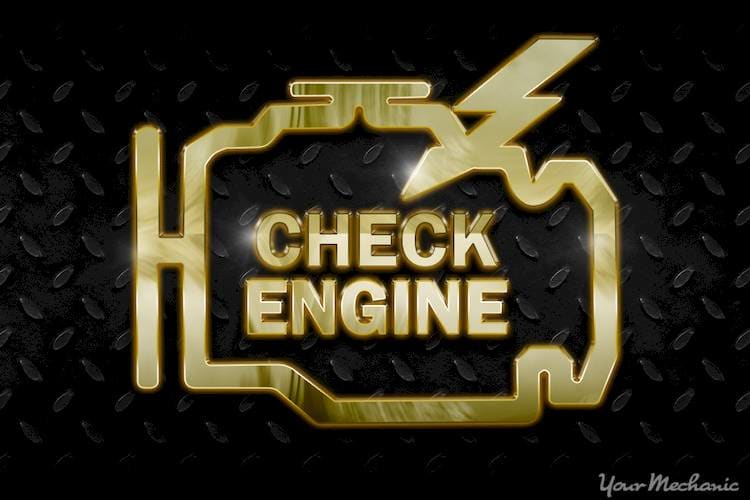P3469 code definition
P3469 is the fault code for Cyl9 Exhaust Valve Ctrl Circ/Open. Cyl9 specifies that the issue is likely taking place in engine cylinder number 9. Other 3400 series codes may also be set.
What the P3469 code means
Each engine cylinder has valves which deliver fuel to the engine and carry the resulting vapors away. These valves are controlled by the ECM (engine control module) which not only tells them when to open and close, but closely monitors the timing of these actions. If there is an abnormality in the signal sent to the ECM by the exhaust valve mechanism, the ECM then detects a problem in the circuit and the vehicle sets an exhaust valve control code.
What causes the P3469 code?
Potential causes of an exhaust valve circuit fault include:
A short or damage to the solenoid wiring
A loose exhaust valve solenoid connector
A bad exhaust valve control solenoid
Low oil pressure caused by low oil levels
Restricted oil passages
A maladjusted timing chain or belt
A camshaft actuator fault
Rarely, this problem may be caused by a faulty PCM or ECM, but other causes should be investigated before replacing these expensive parts.
What are the symptoms of the P3469 code?
An exhaust valve fault may trigger an illuminated Check Engine light, as well as sluggish acceleration and poor fuel economy. The variable valve timing system will likely be disabled if the vehicle sets an exhaust valve control circuit malfunction code.
How does a mechanic diagnose the P3469 code?
You or a technician should carry out the manufacturer’s pinpoint diagnostic procedure. These steps may include:
How serious is the P3469 code?
An exhaust valve control circuit malfunction is not as serious as some other codes, and the vehicle won’t likely be completely disabled, but it is still important to have the problem assessed and repaired as soon as possible. The reduced power that can occur with this code may put you in danger if you must make a sudden maneuver.
What repairs can fix the P3469 code?
Fixing this fault may require one or more of the following:
The engine, cylinders, and valves are parts of a complex network of moving parts which can be complicated to diagnose and repair. In addition, special tools may be required to test the voltage and resistance of the sensors and circuitry. If you don’t have the proper equipment to carry out a full inspection and diagnosis, you may want to consult a professional who can make your repair faster, easier, and more efficient.
Need help with a P3469 code?
YourMechanic offers certified mobile mechanics who will come to your home or office to diagnose and repair your vehicle. Get a quote and book an appointment online or speak to a service advisor at 1-800-701-6230.
Check Engine Light
trouble codes
P3469
No more waiting rooms! Our mechanics will come to you to diagnose and fix the P3469 code.





